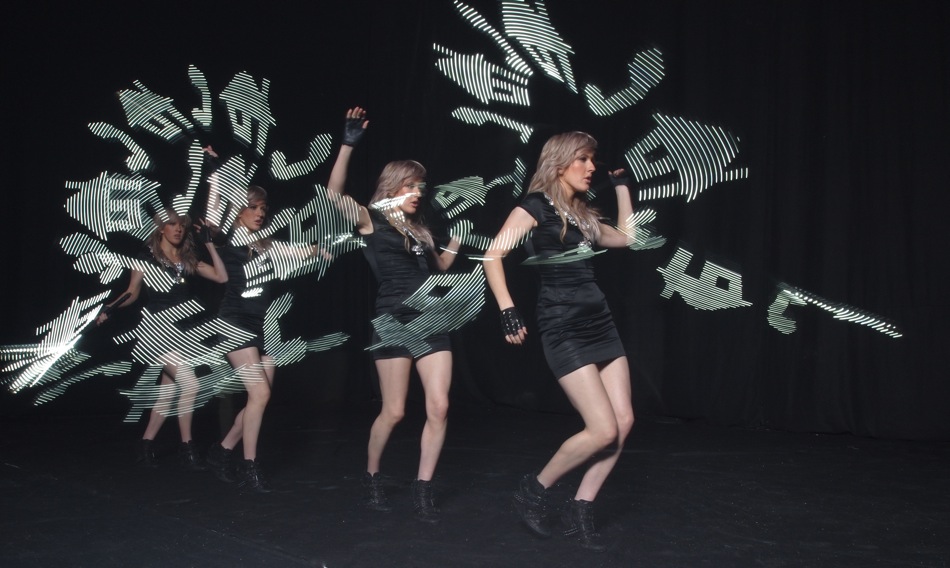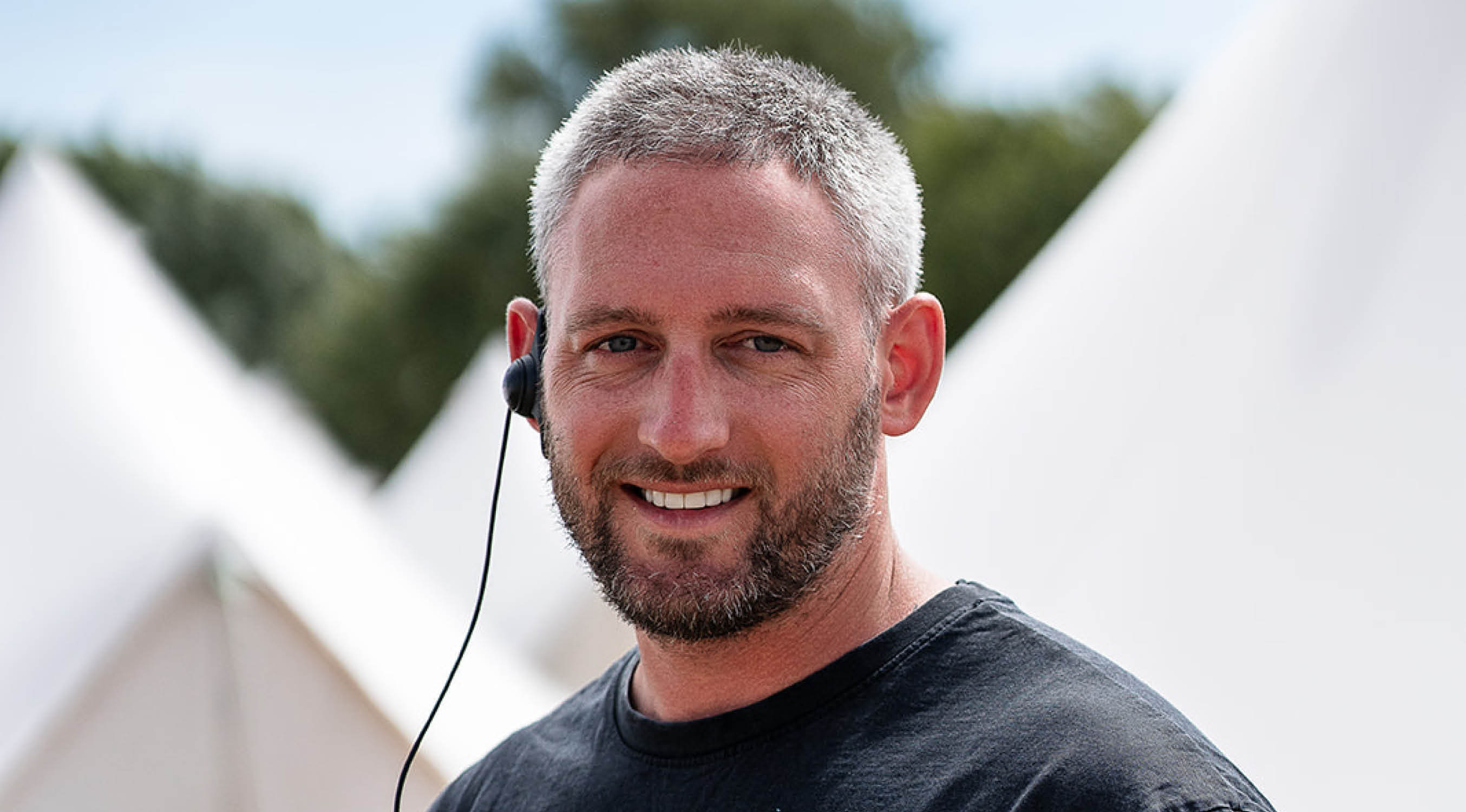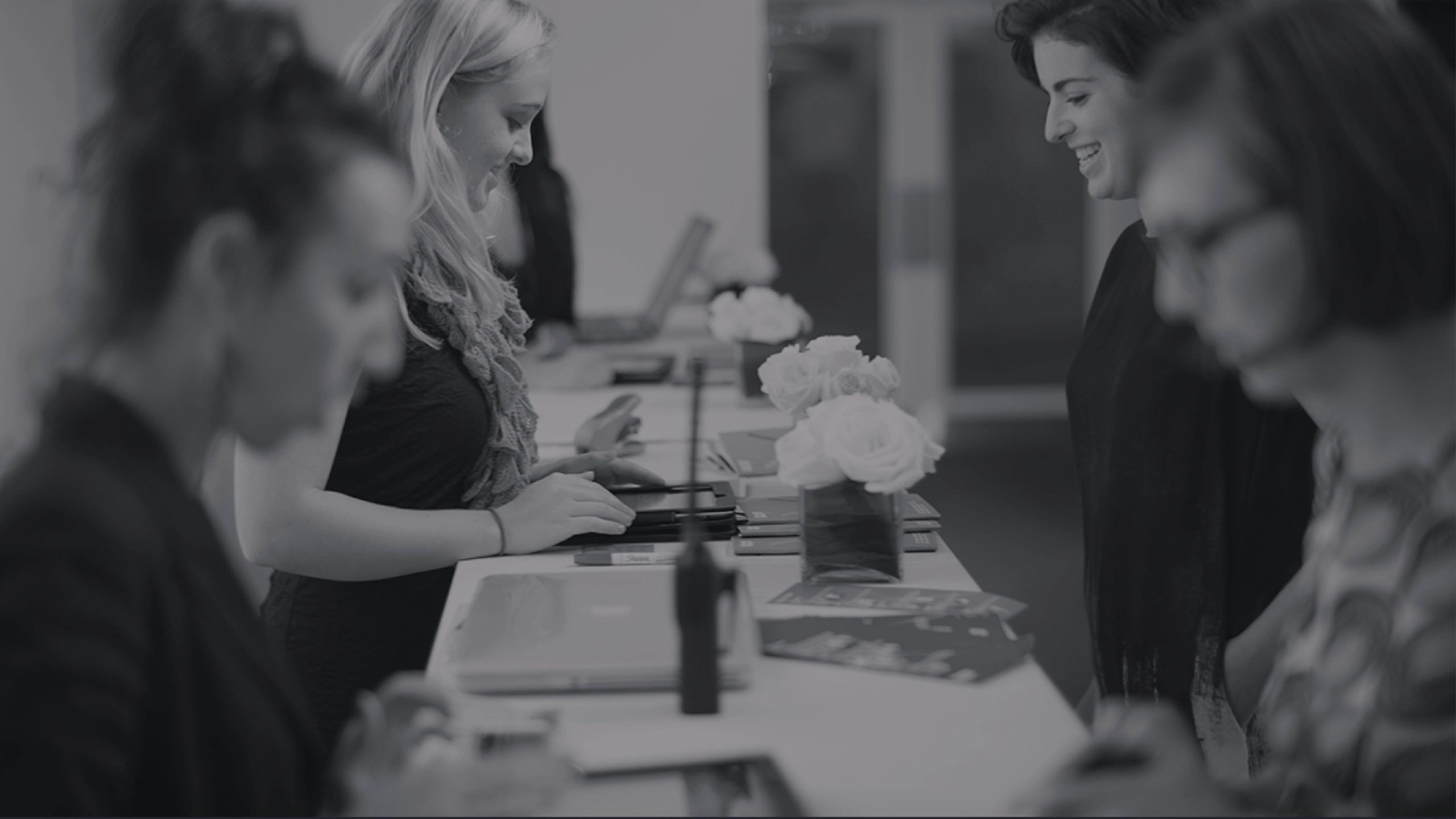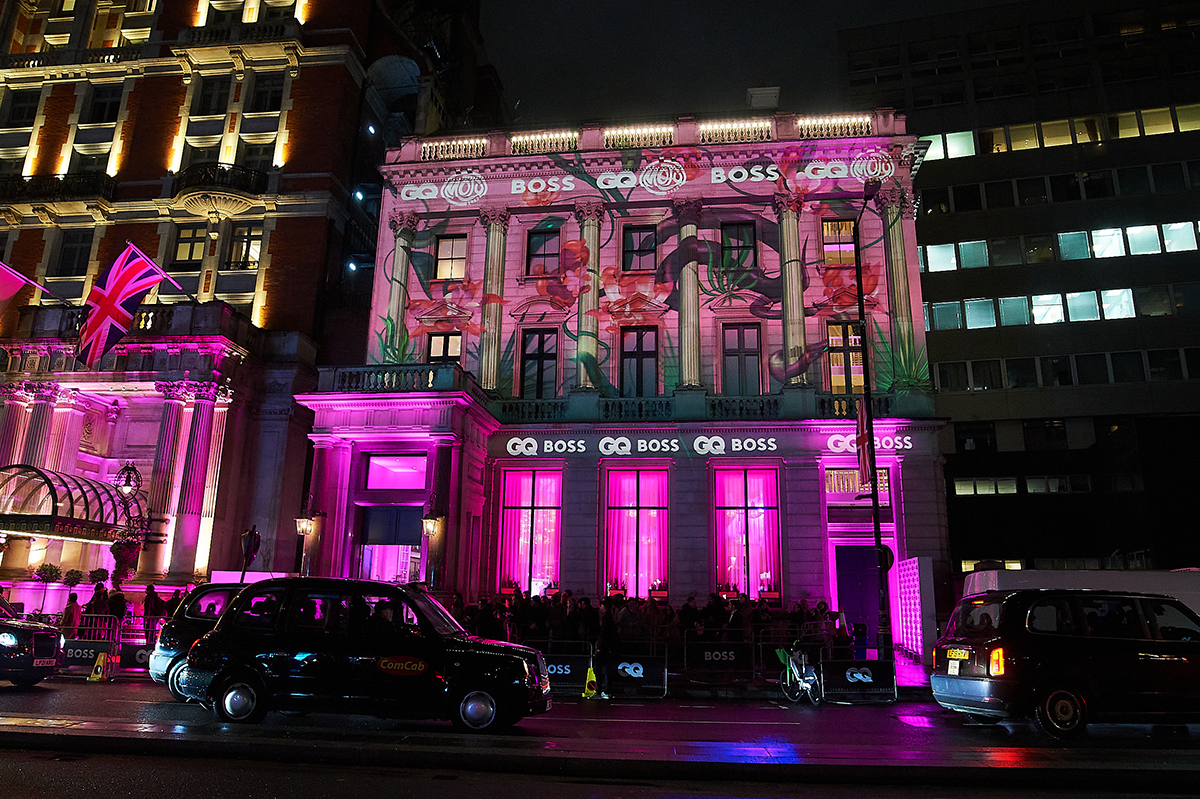With work both in MoMA's permanent collection and worn by Rihanna on stage, Moritz Waldemeyer's creations give life to cutting-edge events around the globe. We caught up with him for a chat about the art of light in the events world.
Hi Moritz, tell us a bit about yourself.Hi there, I’m a German light artist and designer based in London.What drew you to working with light technology as a medium?During my engineering studies at King’s College London I stumbled upon the combination of LEDs and programmable micro-controllers. The possibility to program light sources with intelligent behaviour opened up vast creative opportunities.How has your creative vision evolved over time?As the control technology matures, it allows me to take more of a ‘top down’ approach, thinking of a concept and adapting the technology. In the past I often took the opposite direction: looking at a technology and thinking what I could do with it. Both approaches are valid and lead to interesting outcomes.With that exploration in mind, what are you most excited to work on next?We are very excited about 3D printing in general and about our collaboration with Formlabs specifically, which we have just kicked off. We are currently in a very experimental stage to see how we can adapt this technology to our needs and how we can push it in new directions.As well as that, digital manufacturing in combination with parametric design are really big topics for us at the moment and we try to mingle with the pioneers in these fields.Let's talk events: what are some of the most memorable projects you've created for events?Some of my most treasured memories are our martial art collaborations - we got to work with some of the world's most talented Kung Fu artists. The idea came from a commission for a Mercedes launch event in China, but it inspired a whole series of creative explorations afterwards.Events, particularly when novel and cutting-edge as you tend to work with, can be filled with unpredictable variables. What's your thought process when designing for events?Ideally the concept contains an element of surprise and wonder, which does not rely on precision. If the concept allows for a lot of tolerance in the execution, neither the client nor the visitors have an expectation to measure against.And how do you balance experimentation and innovation with strict event deadlines and budgets?We have learned over the years to use well-known suppliers, techniques and technologies in surprising ways - so to limit the risk while maximising the outcome. It's a delicate balance to strike and it comes with experience.Let's talk more about your expertise in light. What kinds of emotions and sensations do you think can be communicated through lighting technology most effectively?Light really lends itself to create otherworldly experiences that allow visitors to escape from their everyday environment. It creates strong emotional response and lasting memories.
If the concept allows for a lot of tolerance in the execution, neither the client nor the visitors have an expectation to measure against.
How do you approach using light to transform a physical space?If possible I will try to exclude daylight, especially direct sunlight, as it is incredibly difficult to compete with. The perfect blank canvas is darkness. Then we can start setting accents and highlights to capture people’s attention. We love to play with animation and sometimes interaction.How do you see the interplay of using natural and artificially created light?Most of our projects involve LEDs, so we manipulate light with these and try to exclude outside influences. Saying that, some of our most innovative projects and ideas came about when we were specifically asked not to use LEDs, for example in the case of our Cirque du Soleil dress.At an event, what do you think is the most essential thing to get right with using light? And any advice for event planners trying to achieve that?The best approach is to treat the event like a theatre production, use light to draw people’s attention to the highlights of the venue, the architecture or interior design, to the tables, the food or a stage.Where do you see light technology going in the next few years? How do you think that might change what's attainable at events?I think that now that we have very mobile wireless lights, the next step will be in software, to adapt illumination and effects effortlessly with finger strokes on an iPad. The setup and control will become more intuitive and less technology heavy, allowing designers to concentrate more on their creative vision than the limitation or complexity of the technology.That's all very interesting to consider. Finally, what do you find most satisfying about what you do?I love the variety of the projects and the challenges they bring. We get to work with amazingly creative people in great locations around the world and dive into the intricacies and technologies of some very exciting industries. The work never stops to satisfy our insatiable curiosity and wonder about the world we live in.Thanks for sharing your very insightful thoughts!Thank you for having me!See more of the events Moritz has transformed with innovative light design on the Studio Waldemeyer website.All photos courtesy of Studio Waldemeyer. Top photo: Ellie Goulding's music video Lights by Studio Waldemeyer.



